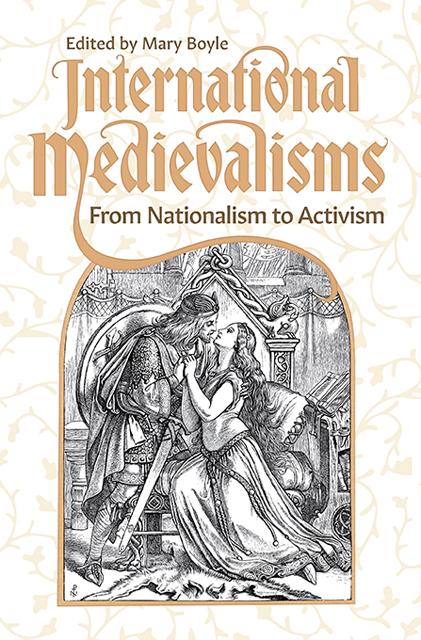2 - Emma Letherbrow’s Gudrun: Kudrun for ‘Modern’ Victorians
Published online by Cambridge University Press: 09 June 2023
Summary
Thirty-four years after the Nibelungenlied was first introduced to anglo¬phone audiences by Henry Weber, and seventeen years after Thomas Car¬lyle's influential essay-cum-summary-cum-review, an anonymous writer outlined a narrative that, ‘[n]ext to the Nibelungen … occupies the highest place in the German epic’. With these words, in 1848, Kudrun was presented to the British public. The alignment with the year of revolutions is probably coincidental and, in any case, more important context is provided by the summary's appearance during ‘the conclusive phase of cultural medievalism’, the ‘long decade’ from 1839 to 1851, a pivotal period for medievalism in Britain, France, and Germany, and a time when anglophone writers began to look to medieval German for inspiration. From this point on, Kudrun makes not infrequent appearances in summary form in anglo¬phone overviews of medieval literature, but, unlike the Nibelungenlied, it is rarely given top billing, let alone a book to itself. It would be another fifteen years before a fairly full version of the narrative appeared in English: a free prose adaptation from the pen of a Manchester-based writer named Emma Letherbrow. In her Gudrun: A Story of the North Sea, Letherbrow lays claim to deep cultural and ethnic connec¬tions between Kudrun's characters and her nineteenth-century audience, as well as asserting layers of interference with the text between its composition and its record¬ing in manuscript form. In order to transmit and popularize her Romantic nation¬alist reading of Kudrun, she argues that aspects of the work are strikingly ‘modern’ (Gudrun, xxxvii–xxxviii, lxv). Beyond these arguments, she intervenes in the nar¬rative, presenting her version as cutting through these layers of later inference that hinder the text's appeal to contemporary audiences. Through these interventions, both textual and paratextual, Letherbrow aims to present Kudrun in a form that will be familiar and appealing to her nineteenth-century audience. In other words, she aims to ‘modern’-ize Kudrun in order to prove that it is both ancient and already ‘modern’, and that her ‘modern’ audience has an intrinsic and primal connection with the heroic past represented within it.
Although generally accepted to be the work of the early thirteenth century, Kudrun survives only in an early sixteenth-century manuscript.
- Type
- Chapter
- Information
- International MedievalismsFrom Nationalism to Activism, pp. 33 - 46Publisher: Boydell & BrewerPrint publication year: 2023

